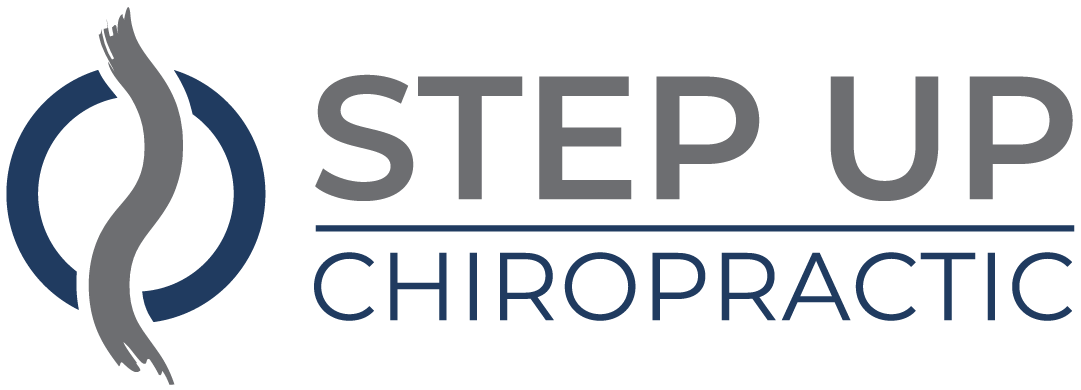You might not realize how much your everyday habits affect your posture, but small adjustments can lead to significant improvements. By focusing on mindful breathing and incorporating core-strengthening exercises, you can support your spine and overall well-being. Additionally, optimizing your workspace and committing to daily stretching routines can make a noticeable difference. Don't underestimate the power of scheduling regular breaks, either. Each of these strategies plays an essential role in enhancing your posture, and understanding how they interconnect will provide you with a clearer path to better alignment. What's the first step you're willing to take?
Practice Mindful Breathing
Practicing mindful breathing can greatly improve your posture by promoting relaxation and awareness. When you focus on your breath, you anchor yourself in the present moment, allowing tension to melt away. This conscious act can help you become more aware of how you hold your body, making it easier to adjust to a more upright position.
Start by finding a comfortable seated position. Close your eyes or soften your gaze, and take a deep breath in through your nose, filling your lungs completely. Hold that breath for a moment, then exhale slowly through your mouth. As you breathe out, visualize any stress leaving your body.
Repeat this process several times, allowing your shoulders to drop and your spine to lengthen with each exhale. As you engage in this practice, notice how your body feels. Are you slouching or tensing up? With each inhale, invite a sense of openness into your chest and ribcage.
Let your abdomen relax, which naturally encourages your spine to align more effectively. Regularly integrating mindful breathing into your routine can foster a habit of maintaining better posture throughout your day.
Strengthen Core Muscles
Strengthening your core muscles is essential for maintaining good posture and overall body stability. Your core isn't just about having a six-pack; it includes muscles in your abdomen, back, and pelvis that work together to support your spine. When these muscles are strong, they help you stand tall and reduce the risk of slouching.
To start, incorporate exercises like planks, bridges, and abdominal crunches into your routine. Planks engage multiple muscle groups, promoting strength and endurance. Aim to hold a plank position for at least 30 seconds, gradually increasing your time as you build strength.
Bridges are fantastic for your glutes and lower back, which are vital for a sturdy core. Simply lie on your back with your knees bent, feet flat on the floor, and lift your hips towards the ceiling.
Don't forget about stability exercises, such as balancing on one leg or using a stability ball. These activities challenge your core in new ways, making it more adaptable and resilient.
You can also try yoga or Pilates, which emphasize core strength and proper alignment.
Optimize Your Workspace
Your workspace can considerably impact your posture and overall comfort throughout the day. It's important to create an environment that supports good posture and minimizes strain.
Start by adjusting your chair to guarantee your feet rest flat on the ground, and your knees are at a right angle. If your chair is too high, consider using a footrest.
Next, position your desk at the right height. Your elbows should form a 90-degree angle while typing, keeping your wrists straight and your hands slightly above the keyboard. If you're using a laptop, it may be beneficial to invest in a separate keyboard and mouse to achieve this ergonomic setup.
Your monitor's height is vital, too. The top of the screen should be at or just below eye level, allowing you to look slightly downward while maintaining a neutral neck position. If you find yourself straining to see the screen, it might be time to elevate it or adjust your seating arrangement.
Also, guarantee adequate lighting to reduce eye strain. Position your light sources to avoid glare on your screen, and consider using a desk lamp if necessary.
Finally, keep your workspace organized. Clutter can lead to awkward reaching and twisting, ultimately affecting your posture.
Incorporate Stretching Routines
Incorporating stretching routines into your daily regimen can greatly improve your posture and relieve tension. By dedicating just a few minutes each day to stretch, you can counteract the negative effects of prolonged sitting or standing.
Start with simple stretches that target your neck, shoulders, back, and hips. These areas often bear the brunt of poor posture.
One effective stretch is the neck tilt. Sit or stand up straight, and gently lean your head to one side, feeling the stretch in your neck. Hold for 15-30 seconds on each side.
For your shoulders, try shoulder rolls. Lift your shoulders toward your ears and then roll them back and down, repeating this motion several times. It's an easy way to release built-up tension.
Don't forget about your back! The cat-cow stretch can help. Get on all fours, arch your back like a cat, and then drop your belly while lifting your head and tailbone, mimicking a cow. This movement promotes flexibility and eases stiffness.
Lastly, hip flexor stretches are essential, especially if you sit for long periods. Stand and take a step back with one foot while bending the front knee. You should feel a stretch in the hip of your back leg. Hold for 15-30 seconds and switch sides.
Schedule Regular Breaks
Taking regular breaks throughout your day can greatly enhance your posture and overall well-being. When you sit for extended periods, your muscles can become tense and fatigued, leading to poor posture and discomfort. By scheduling breaks, you allow your body to reset and maintain its natural alignment.
Here are a few benefits of incorporating regular breaks into your routine:
- Reduces Muscle Tension: Stepping away from your desk helps relieve tension in your neck, shoulders, and back.
- Improves Circulation: Movement during breaks increases blood flow, delivering oxygen and nutrients to your muscles.
- Boosts Focus and Productivity: Short breaks can refresh your mind, helping you return to tasks with renewed energy.
To make the most of your breaks, try to step away from your workspace every hour. Even a few minutes can make a difference. Use this time to stretch, walk around, or perform light exercises that engage your core and improve your flexibility.
If you're glued to a screen, consider implementing the 20-20-20 rule: every 20 minutes, look at something 20 feet away for 20 seconds. This simple practice can help reduce eye strain and improve your overall posture.
Conclusion
By incorporating these five strategies into your daily routine, you can greatly enhance your posture and overall well-being. Practicing mindful breathing, strengthening your core, optimizing your workspace, stretching regularly, and scheduling breaks will help alleviate tension and promote better alignment. Remember, small adjustments can make a big difference. Prioritize your posture through care, and you'll not only feel more comfortable but also improve your focus and productivity throughout the day. Start today for a healthier tomorrow!




